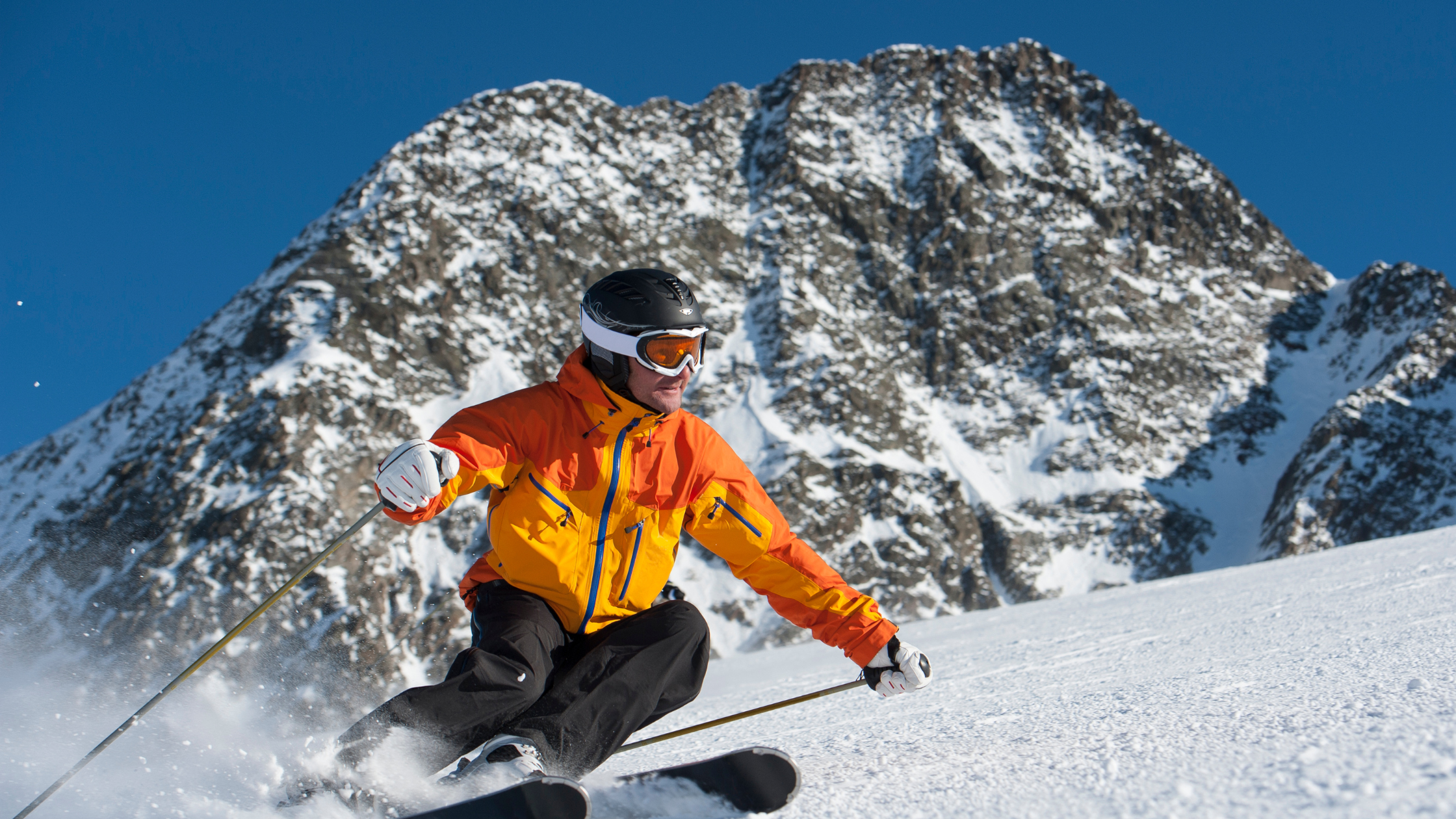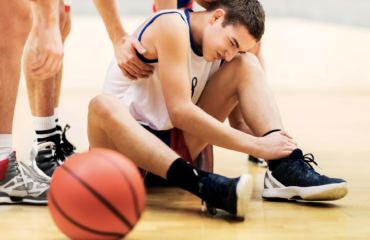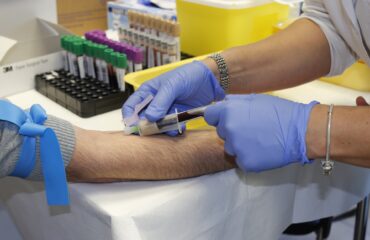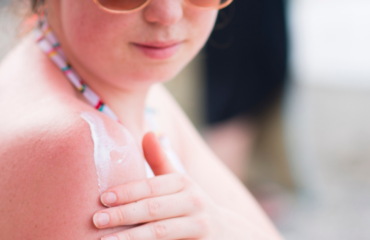As Alaskans, we embrace the winter season with a passion for various sports like skiing, snowboarding, and ice skating. While these activities bring joy and excitement, they also come with the risk of injuries. Understanding these risks and knowing how to prevent and respond to common winter sports injuries is crucial. This blog aims to guide you through the essentials of injury prevention and first aid, ensuring your winter sports experiences are both enjoyable and safe. Let’s dive into how you can stay protected while making the most of Alaska’s winter wonderland.
Common Winter Sports Injuries
Participating in winter sports in Alaska can be an exhilarating experience, but it’s vital to be aware of the potential risks. Common injuries include:
- Sprains and Strains: Often occurring in the ankles and knees, these are caused by overstretching or tearing ligaments.
- Fractures: High-impact falls or collisions can lead to broken bones, particularly wrists, arms, and legs.
- Concussions: A concussion is a type of traumatic brain injury caused by a bump, blow, or jolt to the head.
- Dislocations: These injuries, particularly in the shoulder, occur when force pushes the bones in a joint out of alignment.
- Frostbite and Hypothermia: Extended exposure to cold can lead to these conditions, which are particularly relevant in Alaska’s extreme winter conditions.
Understanding these injuries is the first step in preventing and adequately responding to them, ensuring a safer experience on the slopes and ice.
Preventing Winter Sports Injuries
The best way to enjoy winter sports is to prevent injuries before they happen. Here are key strategies to minimize the risk:
Proper Equipment:
Always wear appropriate gear. This includes helmets, which are crucial for preventing head injuries, and protective padding for knees, elbows, and wrists. Ensure that all equipment fits correctly and is in good condition.
Physical Preparation:
Before engaging in any winter sport, being in good physical shape is important. Strength training, flexibility exercises, and a proper warm-up routine can significantly reduce the risk of sprains and strains.
Knowledge and Skills:
Familiarize yourself with the basics of the sport, and consider lessons if you’re a beginner. Understanding how to fall safely and navigate the terrain can prevent many injuries.
Respect Your Limits:
Listening to your body and avoiding pushing beyond your comfort zone is critical. Fatigue can lead to mistakes, so take breaks and rest when needed.
Environmental Awareness:
Be conscious of weather and terrain conditions. Ice conditions, visibility, and temperature can all impact safety. Adjust your activities to suit the day’s conditions.
Following these preventive measures can significantly reduce the risk of injury and ensure a more enjoyable and safe experience in Alaska’s winter sports scene.
First Aid for Winter Sports Injuries
When injuries occur, knowing how to respond can make a significant difference. Here are first-aid steps for common winter sports injuries:
For Sprains and Strains:
Utilize the RICE method – Rest the injured area, Ice to reduce swelling (for 20 minutes every few hours), Compress with an elastic bandage, and Elevate the injured limb above the heart level.
Handling Fractures:
Immobilize the injured area and avoid moving the person if you suspect a severe fracture, especially in the neck or back. Provide warmth and comfort until medical help arrives.
Concussion Care:
If a concussion is suspected, the person should cease all activities and be monitored for symptoms like headache, dizziness, or nausea. Seek immediate medical attention.
Dislocation Response:
Do not attempt to reposition a dislocated joint. Immobilize the joint in its current position and seek urgent medical care.
Frostbite and Hypothermia:
Move the person to a warm place. Gently warm the affected area with warm (not hot) water or body heat. Avoid direct heat, which can damage the skin. For hypothermia, remove any wet clothing and warm the body’s center first.
Remember, these are initial responses. For all injuries, especially if they are severe or if there is any doubt about their seriousness, seek professional medical help immediately. Being prepared with basic first aid knowledge can be incredibly beneficial in the winter sports field.
Creating a Safe Winter Sports Environment
Fostering a culture of safety is key in winter sports. Encourage peers to prioritize safety, stay updated on weather conditions, and always have a plan in case of emergencies. By being proactive and vigilant, we can all contribute to a safer environment for winter sports enthusiasts.
Even with preparation, accidents can happen. Therefore, understanding and implementing injury prevention strategies, alongside knowing basic first aid, are essential for a safe winter sports season. If you experience an injury, visit us at First Care Medical for expert care. For major injuries, don’t hesitate to call 911 or head directly to an ER. Stay safe and enjoy the winter wonderland responsibly!





